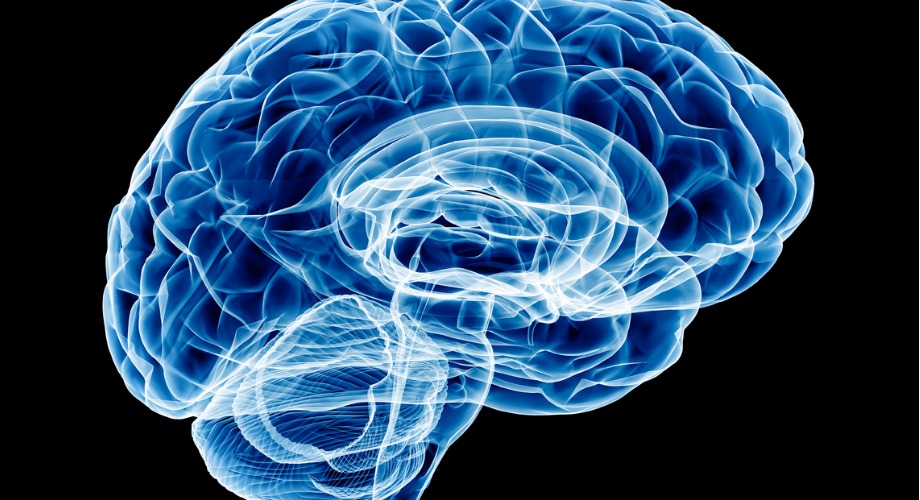
Study of brain chemical known as ‘substance P’ reveals potential mechanism for treating alcohol use disorder
Deep within the brain, alcohol dependence creates a hypersensitivity to stress that lasts long after drinking has stopped.
March 18, 2020
LA JOLLA, CA — What causes people to develop a dependence on alcohol and sustain their addiction, sometimes for decades? Given the complexity of the brain and nuances of addiction, it’s a question without easy answers. Yet, it holds immense societal importance, as alcohol use disorder affects some 15 million people in the United States and is associated with myriad injuries, accidents and family problems that can span generations.
In a study that appears in Science Advances, a team in the Scripps Research neuroscience laboratory of Marisa Roberto, PhD, reveal new findings about the role that a brain chemical called “substance P” may play in alcohol use disorder. They also share their discovery of a promising mechanism for treating the chronic brain disease.
“Knowing the molecular drivers of changes in brain areas critically linked to alcohol dependence will ultimately guide the development of better treatments,” says first author Sophia Khom, PhD, a research associate in the Roberto lab.
P isn’t just for pain
The team designed the study to understand, on a molecular level, how substance P is implicated in alcohol dependence. As a neuromodulator, substance P is released by brain cells to communicate with other parts of the brain and the body. “People mainly associate it with pain, but rarely as something that might be important in addictive disorders,” Khom says.
Yet, substance P is pervasive in the amygdala, a brain region associated with stress, pleasure and addiction. Like a key that opens a lock, substance P activates a receptor known as neurokinin-1. They work together as a signaling system to help the body respond to stress.
In a study involving rats, Khom saw that the signaling system went awry after chronic alcohol use. Over time, the brain produced less and less of substance P, but the neurokinin-1 receptor adapted by becoming hypersensitive to it. The team hypothesized that this dynamic creates a lower brain threshold for stress. This would mean that a small stressful experience or event that wouldn’t normally be problematic for a healthy individual could trigger excessive alcohol consumption for those with alcohol use disorder.
Interestingly, even after the alcohol-dependent rats were not exposed to alcohol for a long time, the hypersensitivity remained. “It didn’t recover with withdrawal from alcohol,” Khom notes.
Roberto explains that addiction is a stress surfeit disorder, meaning that patients experience excessive stress. “Being away from the addictive substance is especially stressful,” she says. “Alcohol is a self-medication that relieves that stress response.”
Substance P and neurokinin-1 appear to trigger the release of a different brain chemical called GABA (short for gamma-aminobutyric acid), which produces the relaxed or sedated effects of alcohol. The Roberto lab has shown that elevated GABA in the amygdala is critical for the development of alcohol dependence.
An approach for treatment
As they explored the substance P/neurokinin-1 receptor signaling further, Khom and her colleagues found it was possible to counteract the effects of alcohol by using a drug to suppress the overly sensitive receptor. This was true only among rats that were alcohol dependent or in withdrawal; it had no effect in animals that were not alcohol dependent.
This is a promising discovery, as drugs with FDA approval for other conditions are known to block the neurokinin-1 receptor. For example, the drugs aprepitant and fosaprepitant treat chemotherapy-induced nausea.
“Based on our findings that show the critical role of this signaling system in alcohol dependence, these drugs may provide a promising starting point to explore for treating specific subpopulations of people suffering from the disorder,” Roberto says.
Authors of the study, “Alcohol dependence potentiates substance P/neurokinin 1 receptor signaling in the rat central nucleus of amygdala,” are S. Khom, T. Steinkellner, T. S. Hnasko and M. Roberto. Hnasko and Steinkellner are researchers at the University of California, San Diego.
The work and researchers involved were supported by grants from the National Institute on Alcohol Abuse and Alcoholism and the Austrian Science Fund’s Erwin Schrödinger postdoctoral fellowships.
For more information, contact press@scripps.edu

